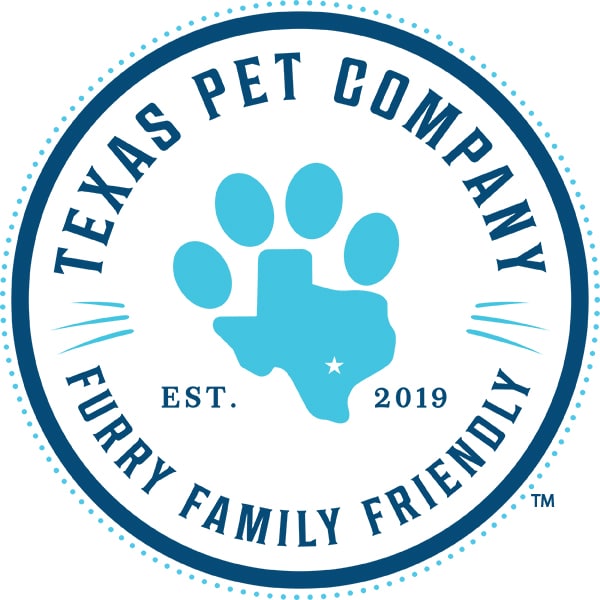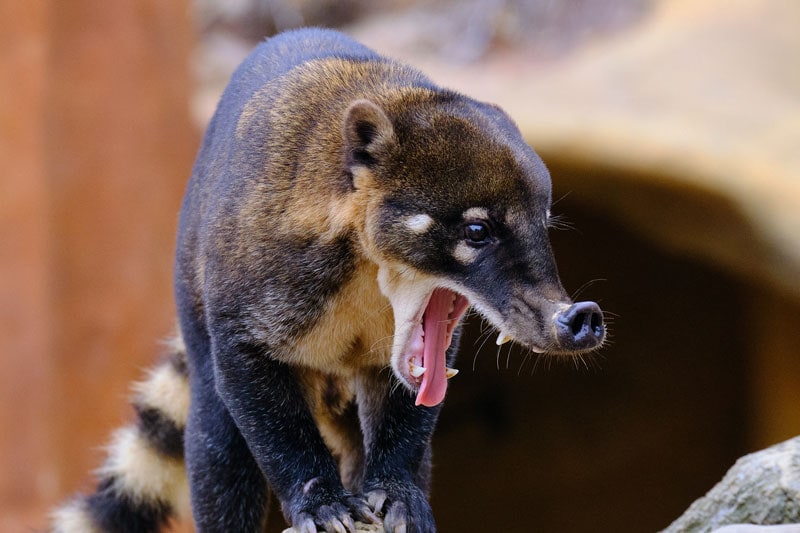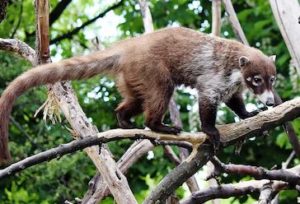Table Of Contents:
- What is a coatimundi?
- How many types of coatimundi exist?
- How long do coatimundi live in the wild and captivity?
- Are coatimundi an endangered species?
- How did the coatimundi get it’s name?
- How do coatimundi communicate?
- Do coatimundis live in packs?
- What is special about coatimundi tails?
- Do coatimundi have double-jointed ankles?
- What do coatimundi eat?
1. What is a coatimundi?
A coatimundi, also known as a coatimundi or coati, is a species of omnivorous mammal native to South and Central America. Coatimundis belong to the same family as raccoons and are known for their distinctive long noses and ringed tails. They are typically found in tropical rainforests and are known for their agility and climbing ability. Coatimundis are social animals and can often be found in large groups, known as bands. They are opportunistic eaters and will feed on a wide range of food sources, including fruits, insects, and small animals. Coatimundis are intelligent and curious animals, and they are popular attractions at zoos and wildlife parks.
2. How many types of coatimundi exist?
There are four recognized species of coatimundi, also known as coati:
- The white-nosed coati (Nasua narica): This species is found in Central and South America, from Mexico to Argentina. White-nosed coatis have a distinctive white patch on their nose and are the largest of the four coati species. They are known for their strong social bonds and can often be found in large groups, known as bands.
- The South American coati (Nasua nasua): This species is found in South America, from Colombia to Argentina. South American coatis are smaller than white-nosed coatis and have a reddish-brown coat with a white belly. They are agile climbers and are often found in trees.
- The eastern mountain coati (Nasuella olivacea): This is the smallest of the coati species and is found in the Andes Mountains of South America. Eastern mountain coatis have a grayish-brown coat with a white belly and are adapted to living in high altitudes.
- The western mountain coati (Nasuella meridensis): This species is found in the Andes Mountains of South America, from Colombia to Peru. Western mountain coatis are similar in appearance to eastern mountain coatis, but have a slightly darker coat and are found at lower elevations.
It’s important to note that there is some debate among scientists about the classification of these four coati species and whether they should be considered separate species or subspecies. Some researchers believe that there may be only two species of coati, with the eastern and western mountain coatis being considered subspecies of the South American coati.
3. How long do coatimundi live in the wild and captivity?
Coatimundis are generally considered to be long-lived animals, both in the wild and in captivity.
In the wild, coatis typically have a lifespan of around 7 to 10 years, although some individuals have been known to live up to 14-16 years.
In captivity, coatis may live longer due to the availability of food, protection from predators, and access to veterinary care. Some coatis in captivity have been known to live up to 20 years. However, it’s important to note that the lifespan of any animal can vary widely depending on factors such as genetics, diet, and habitat conditions.
4. Are coatimundi an endangered species?
Coati are not currently considered to be endangered. According to the International Union for Conservation of Nature (IUCN), the white-nosed coati (Nasua narica) is classified as “Least Concern,” while the South American coati (Nasua nasua) is classified as “Near Threatened.” The eastern mountain coati (Nasuella olivacea) and western mountain coati (Nasuella meridensis) are both classified as “Data Deficient,” meaning that there is not enough information available to determine their conservation status.
Although coatis are not currently endangered, they do face some threats in their natural habitat. These threats include habitat loss and degradation, as well as hunting and poaching. Coatis are also susceptible to diseases and parasites, and some populations may be negatively impacted by climate change. However, overall, coatis are considered to be relatively common and widespread throughout their range.
5. How did the coatimundi get its name?
The word “coatimundi” is derived from the Tupi-Guarani language, spoken by indigenous people in South and Central America. The term “coati” is a shortened version of the word “coatimundi,” which means “red nose” in Tupi-Guarani. The Tupian word, kua’ti, is a combination of “cua” meaning “belt” and “tim” meaning “nose,” describing the way the coati sleeps with its nose tucked into its belly. The term is thought to refer to the distinctive red noses of the South American coati (Nasua nasua) and white-nosed coati (Nasua narica), two of the four recognized species of coati. The other two species, the eastern mountain coati (Nasuella olivacea) and western mountain coati (Nasuella meridensis), are not named after their nose color.
6. How do coatimundi communicate?
Coatimundis are social animals and use a variety of vocalizations, body language, and scent marking to communicate with each other. Coatis are known for their distinctive calls, which include chattering, chirping, and growling sounds. These vocalizations are used to communicate a range of emotions and intentions, such as aggression, fear, playfulness, and excitement.
Coatis also use body language to communicate with each other. For example, they may arch their backs, puff out their fur, or flare their nostrils to show aggression or dominance. They may also use more subtle gestures, such as touching noses or grooming each other, to show affection or social bonding.
In addition to vocalizations and body language, coatis also communicate through scent marking. Coatis have scent glands on their face and tail, which they use to mark their territory and communicate with other coatis. They may rub their face or tail on objects or vegetation to leave a scent mark, which other coatis can detect and interpret. This scent marking helps coatis to establish social hierarchies and communicate with each other about their presence and intentions.
7. Do coatimundis live in packs?
Coatis can often be found in large groups, known as bands. These bands are usually made up of females and their offspring, and they can range in size from a few individuals to over 20 individuals and sometimes up to 30. Coatis are known for their strong social bonds and can often be seen grooming and playing with each other. Offspring reach sexual maturity at about 2 years of age.
Males, on the other hand, are typically more solitary and tend to live on the fringes of the band, only joining the group during the breeding season. Once the breeding season is over, males will leave the band and establish their own territories. After male babies reach two years of age, they go off on their own, while the females remain in the band with their mothers.
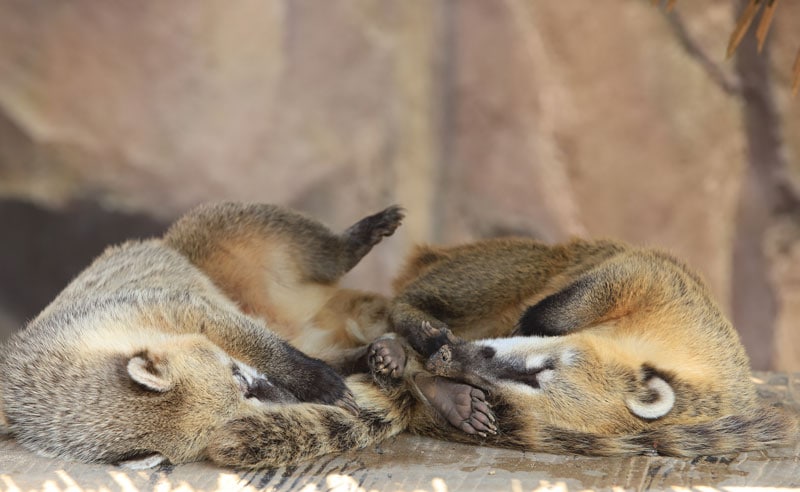
Coatis are highly territorial and will defend their territory from other coatis, as well as from other animals. They use a variety of vocalizations, body language, and scent marking to communicate with other coatis and establish their dominance in the group. Coatis are also known for their intelligence and curiosity, and they are known to explore their surroundings and forage for food.
Accustomed to arboreal life, coatimundis mate in the trees, creating nests for their young among the branches and leaves. The offspring stay in the nest with their mother for 5 to 6 weeks before the mother rejoins the band.
8. What is special about coatimundi tails?
Coatimundis are known for their distinctive ringed tails, which are longer than their body length and can be used for balance and communication. Coatis use their tails to help them balance when they are climbing trees or other structures, and they can also use their tails as a “fifth limb” to help them reach for food or other objects.
In addition to their functional uses, coatis’ tails also have a social function. Coatis use their tails to communicate with each other and to establish their dominance in the group. For example, they may hold their tails upright and flare the fur to show aggression or dominance, or they may wag their tails to show playfulness or excitement.
Coatis’ tails are also used for scent marking, as they have scent glands on their tail that they use to mark their territory and communicate with other coatis. When they are agitated or threatened, coatis may also use their tails to make a loud, drumming noise by slapping their tails on the ground, which can be used to warn other animals or deter predators.
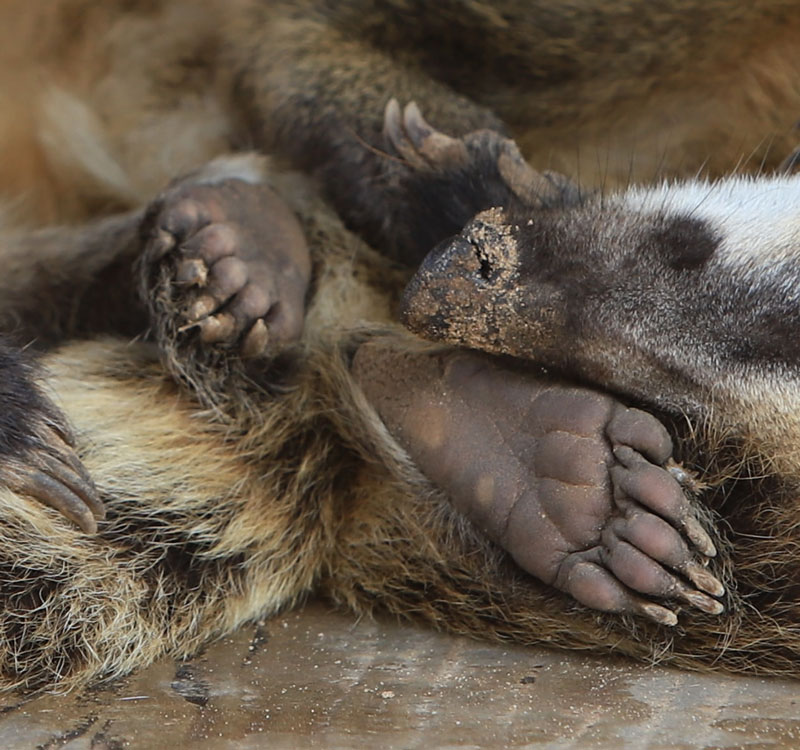
9. Do coatimundi have double-jointed ankles?
It is reported that Coatimundis have developed double-jointed ankles. Coatis are known for their agility and climbing ability, their agility and climbing ability is due to their strong legs and sharp claws, which allow them to grasp and hold onto objects and climb trees and other structures. Their ankles can rotate a full 180 degrees, this allows them to climb down trees headfirst at high speeds, helping them evade predators. These joints are also extremely flexible. Their front paws are highly dexterous and help them to escape from almost any human-made enclosure or cage.
10. What do coatimundi eat?
Coatis are opportunistic eaters and will feed on a wide range of food sources, including fruits, insects, small animals, and even carrion. They have a long, flexible snout and are known for their strong sense of smell, which they use to locate food.
In the wild, coatis are known to feed on a variety of fruits, such as bananas, papayas, and avocados. They also feed on insects, including beetles, grasshoppers, and termites. Coatis are also known to hunt and feed on small animals, such as lizards, snakes, and rodents. In addition to these food sources, coatis are also known to scavenge for food and will feed on carrion if it is available.
Coatis are found in a variety of habitats, including forests, savannas, and grasslands, and their diet can vary depending on the availability of food in their particular habitat. Coatis are known for their intelligence and curiosity, and they are known to explore their surroundings and forage for food.
Summary
Coatimundis, also known as coati, are omnivorous mammals native to South and Central America. There are four recognized species: the white-nosed coati, the South American coati, the eastern mountain coati, and the western mountain coati. Coatimundis are known for their long noses and ringed tails, and they are typically found in tropical rainforests. They are social animals and can often be found in large groups. Coatimundis have a lifespan of 7-10 years in the wild, and up to 20 years in captivity. They are not currently considered endangered, but they do face some threats such as habitat loss, hunting, and disease. The word “coatimundi” is derived from the Tupi-Guarani language and means “one who digs with the nose.”
You May Also Like This Article…
